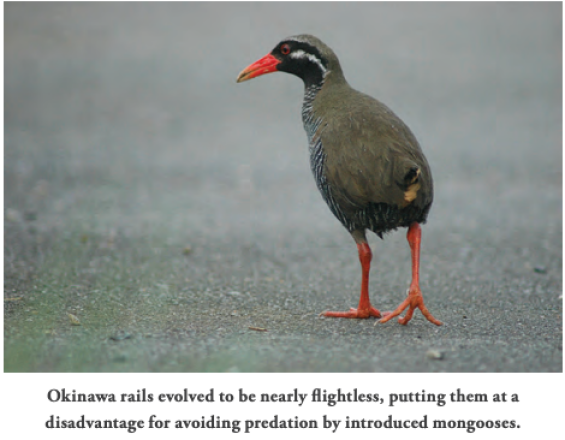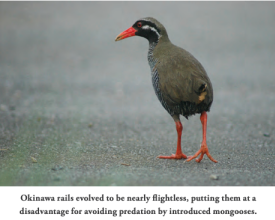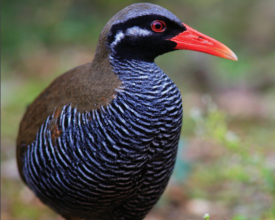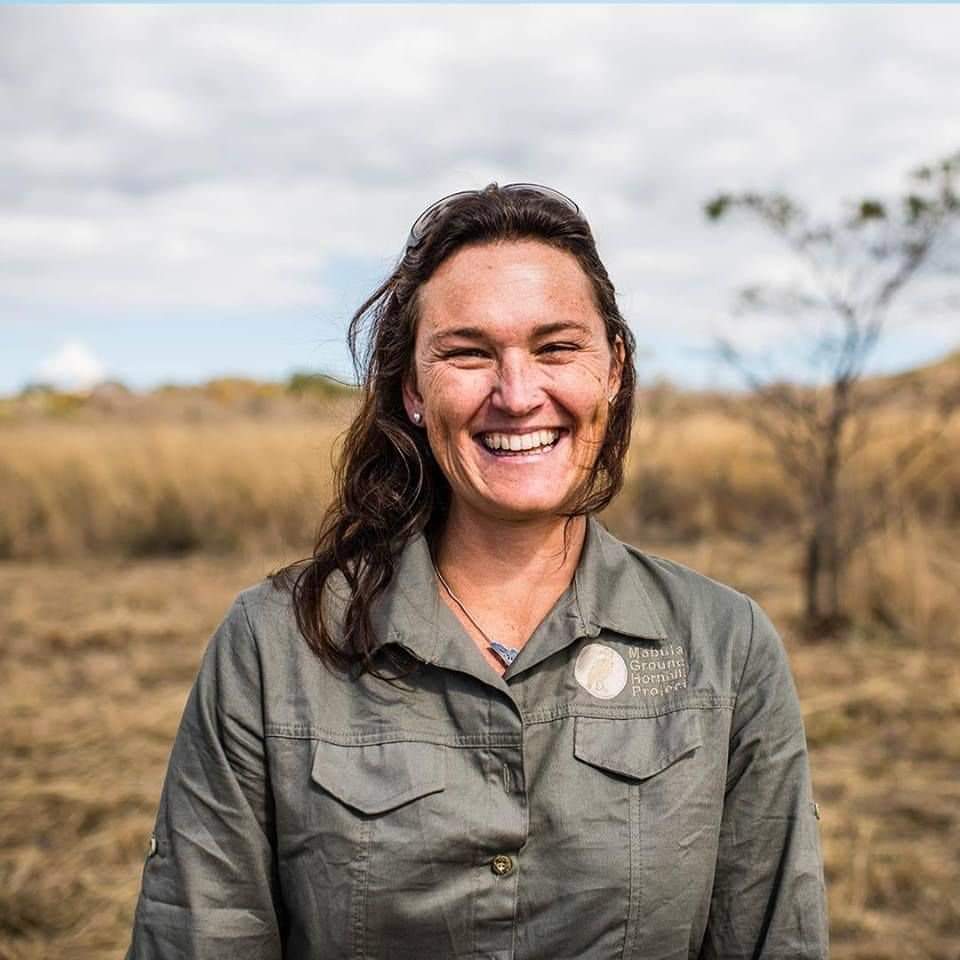
Resisting Intruders: The Battle to Save Okinawa Rails from an Introduced Threat

Okinawa rails (Hypotaenidia okinawae) evolved to be nearly flightless, supported by a unique island ecosystem that had no carnivorous mammals—until humans stepped in. The introduction of mongoose populations has decimated these rails with less than 1,000 left by 2006. CPSG organized workshops where it was decided that the Yambaru Mongoose Busters, a group of professional invasive species managers and their highly trained mongoose-sniffing dogs, took to Yambaru daily to track, trap, and remove mongooses. By 2010, they had achieved the first target of the action plan—to secure a mongoose-free area in the northern part of the island, and by 2020, mongooses were eliminated from most areas north of the fence. Efforts to win the next battle—complete regional eradication of mongooses north of a mongoose-proof fence—continue tirelessly. Concurrently, as recommended at the workshop, Japan’s Ministry of Environment created a policy for conservation-focused breeding of Okinawa rails.
Impacts
By 2012 a large, genetically healthy captive population was established, incorporating rescued birds that have been injured by cars and rehabilitated at the centers, as well as eggs that were abandoned by their parents after human activities, like mowing grasslands, disrupted their nests. As of 2019, a captive population of about 80 birds thrives, with 45 birds released from captivity into mongoose-free habitat since 2014. And, a new national park, named Yambaru National Park in honor of the birds, protects the heart of Oknawa rail habitat. Local conservation authorities estimate that the wild population of Okinawa rails has increased to around 1,500, thanks to decreased mongoose predation. The rails have been spotted in areas where they were once believed to have disappeared completely. By working with CPSG to organize their collaborative conservation efforts, stakeholders have given these living national monuments a second chance to thrive.


